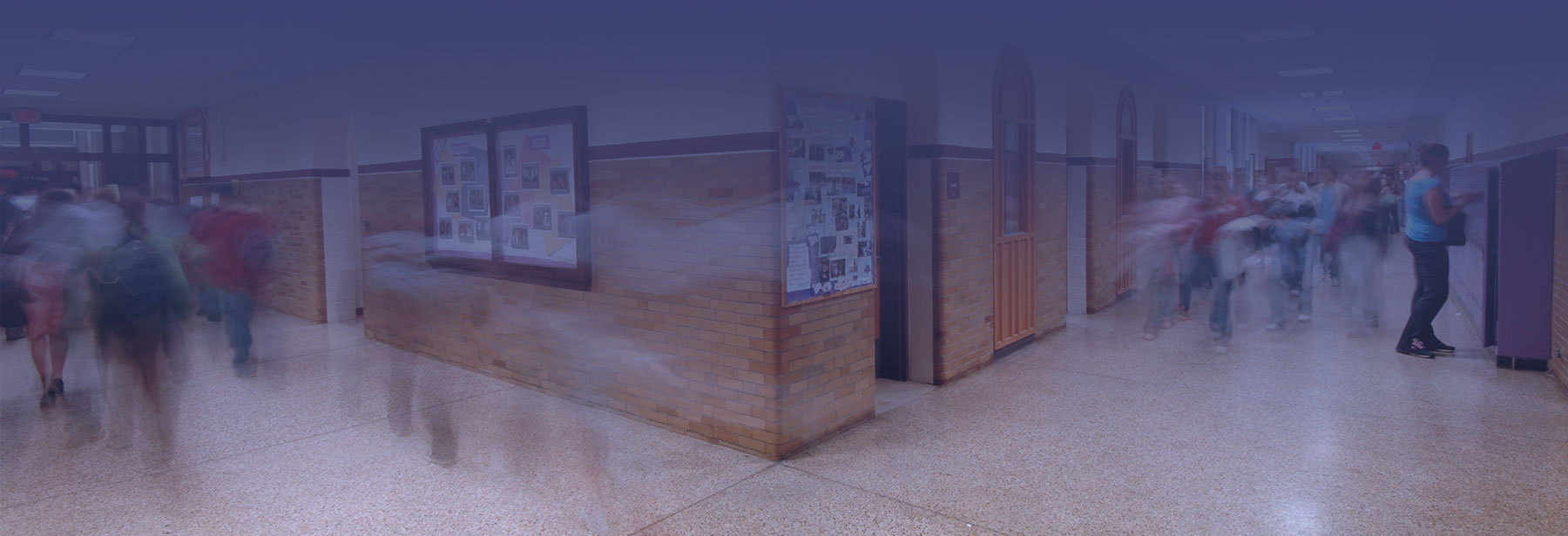As we prepare for our return to school this fall, safety will mean a lot more than face masks and hand-washing. As controversy over if schools should reopen and, if so, how they will open continues to rise, the lingering concern is how to keep everyone safe.
This is a familiar topic for educational institutions and something that appears to get tested over and over again. Fire drills, active shooter protocols, security glass, metal detectors—these measures are all designed to, yes, keep those precious souls within the building safe by keeping the threats out. What happens when you experience a pandemic and the threat cannot be visibly seen? Where do you hide? When do you hide? Who do you hide from? Will I get sick? Will I cause someone else to get sick?
These are real and valid worries. COVID-19 has placed administrators, educators, students, and parents in perpetual states of panic, anxiety, and despair. How do we keep everyone safe from their own inner turmoil, ignited by the uncertainty of each day? The safety net of external measures such as restructuring schedules, redesigning classrooms, and creating new protocols for hallway transitions will not be enough.
Balancing Our Internal Resources
Here is the good news: While these measures are very much needed for safety, there is a stronger, more durable, efficient, and reliable safety net we can create for everyone. You see, safety is not only created through the external environment—it is something we can generate internally. It’s done by cultivating a relaxed, easeful, and engaged state of mind and body. When our well-being and mental health is being challenged, building the inner resources to cultivate calm and a sense of safety can literally be lifesaving and life-changing.
Internal safety is generated by balancing the nervous system, shifting it from a state of stress and overwhelm to one of peace, ease, and compassion. Your state of mind has everything to do with the state of your nervous system. Have you ever noticed that when you get nervous and your body sweats or your heart begins to race, the mind immediately follows suit by feeding you thoughts that support a nervous feeling? The body and mind are inextricably linked and mindfulness is a way for you to connect them in an empowering, healing, and positive way.
Here is a simple exercise you can start with to begin to train your nervous system to feel safe:
Chronic stress, toxic adversity, and trauma all create catastrophic internal conditions that decline your health, ruin your relationships, and sabotage your cognitive function. It is no wonder educators, parents, and students are “freaking out.” COVID-19 has become our new, collective trauma—one we must all find a way to manage or risk taking an already unprecedented mental health crisis to yet another new peak.
What will help us all not only bear the pain of this trauma, but actually help us develop the resilience needed to heal it, is creating safety from the inside out.



Let Us Know What You Thought About This Post.
Put your comment below.